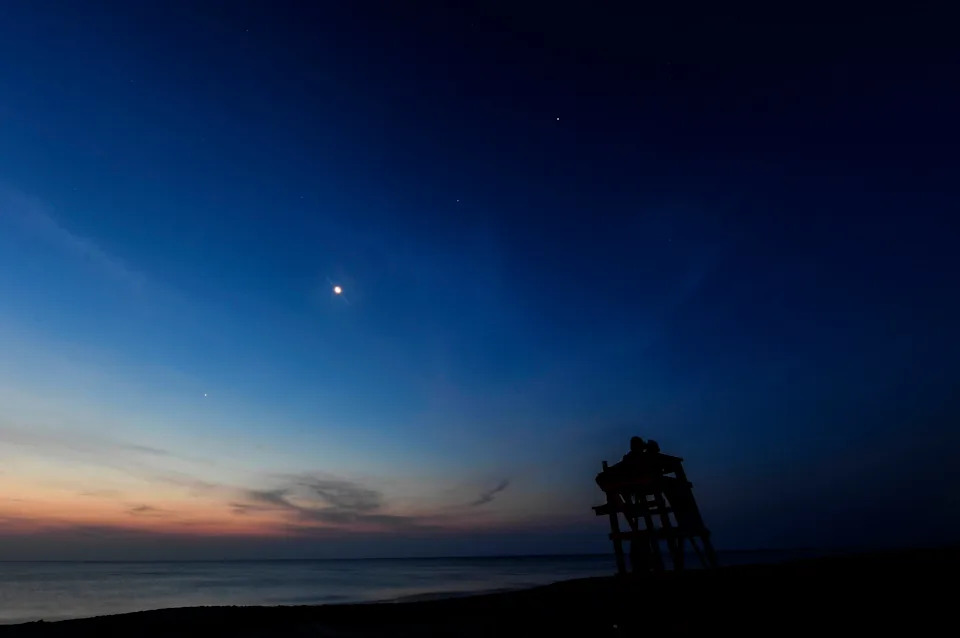August 2025 Celestial Spectacle: A Planetary Alignment to Watch

Sky enthusiasts are currently witnessing a remarkable celestial event – a planetary alignment, often referred to as a “planet parade,” offering a series of visible planets in the morning sky throughout August 2025. Following a particularly close conjunction between Jupiter and Venus on August 12th, several other planets will join this dazzling display.
A planetary alignment occurs when multiple planets appear to cluster closely together from our perspective on Earth, creating the visual impression of a line across the night sky. While not a formal astronomical term, NASA occasionally uses “planet parade” to describe instances where at least four planets are visible simultaneously with the naked eye, an occurrence that happens roughly every few years. It’s important to note that while these planets appear aligned from our vantage point, they do not actually form a straight line within the three-dimensional structure of the solar system.
Jupiter and Venus, the brightest planets in our sky, remain prominently visible in the eastern horizon before sunrise. These two celestial bodies reached their closest approach on August 12th, appearing just one degree apart – close enough to be covered by a fingertip held at arm’s length, according to astronomical observations. Although they will gradually drift further apart as the month progresses, they remain relatively close until late August, staying approximately three degrees apart by August 15th.
Joining this procession are Mercury and Saturn. Mercury will emerge above the horizon later in August, though it will appear low in the sky. Saturn, identifiable by its steady yellowish glow, will rise around 10 p.m., appearing earlier each evening as August continues. Mars is also visible, situated low in the west for about an hour after sunset.
Further afield, Uranus and Neptune can be spotted with binoculars; Uranus resides in Taurus, while Neptune lies in Pisces. These planets require a keen eye and optical assistance to observe due to their fainter luminosity.
Most of these planets—Jupiter, Venus, Saturn, and Mercury—are visible without any equipment, although spotting Mercury will necessitate diligent searching as it appears very low on the horizon. The peak of this particular alignment is expected around August 18-20, when NASA reports that all four of Venus, Jupiter, Mercury, and Saturn will be viewable before sunrise, a prediction echoed by TimeandDate and the Farmers’ Almanac.









